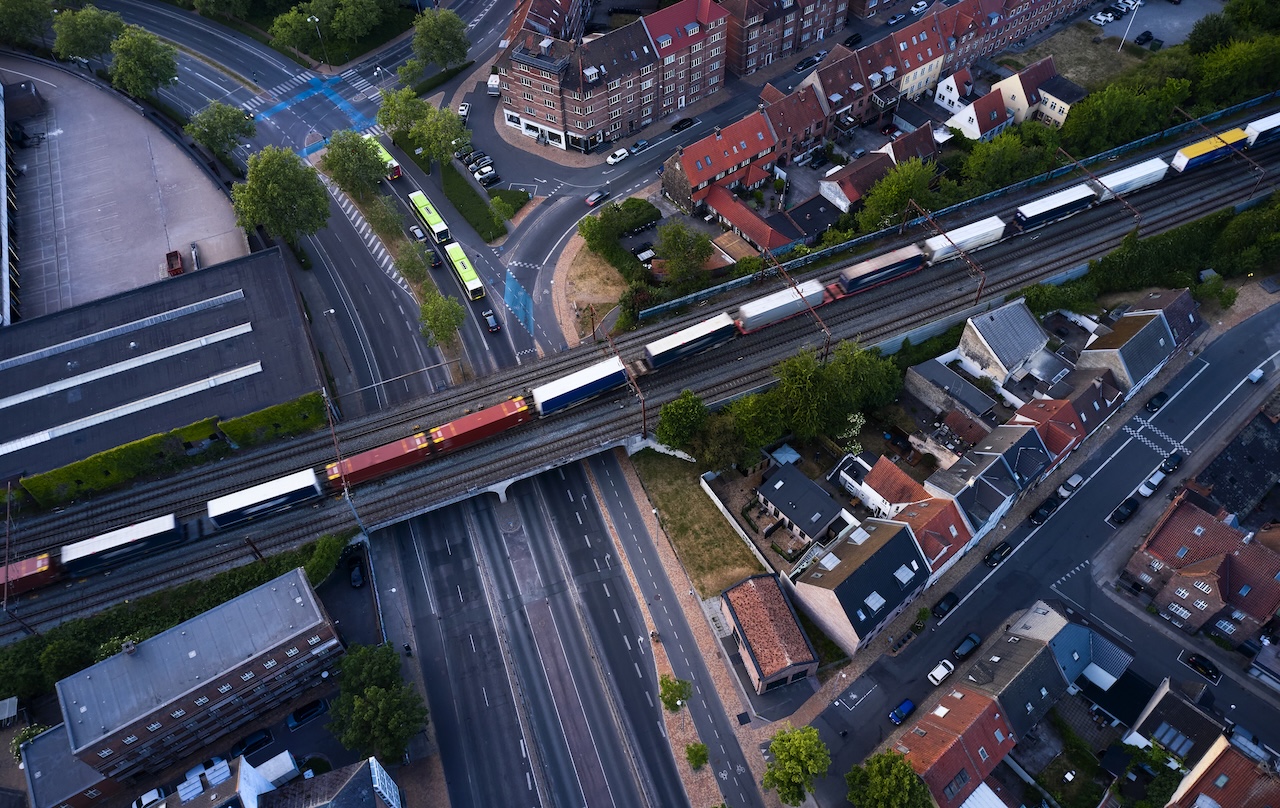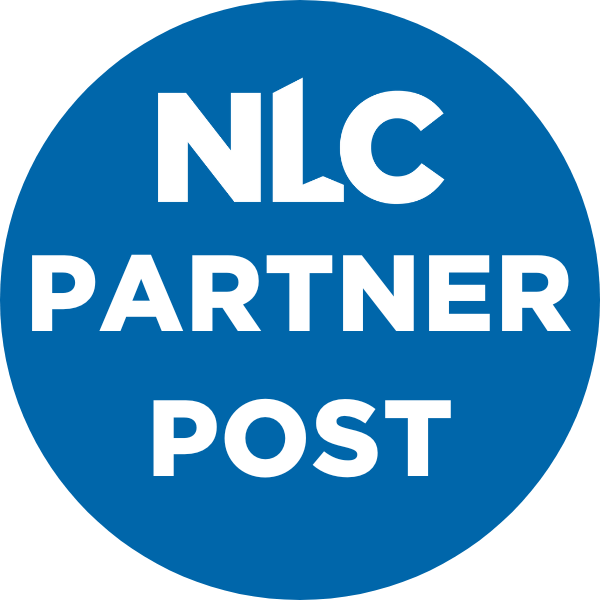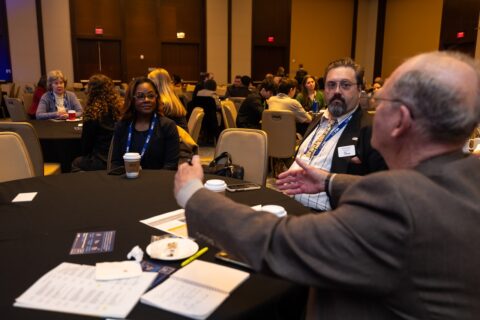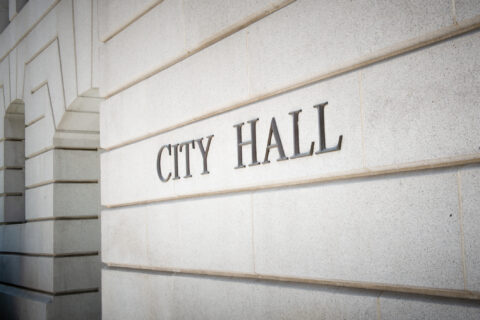Authored by Betsy Cantwell, AVP of Communication, GoRail
Railroad safety and noise mitigation are critical concerns for communities and industry stakeholders alike. The Federal Railroad Administration (FRA) Train Horn Rule, issued in 2006, established a required routine for the sounding of locomotive horns around public crossings as a critical safety precaution. At the same time, FRA created a process for communities to designate “quiet zones” by meeting certain safety requirements.
Today there are 1,016 quiet zones across the nation according to James Payne of the Federal Railroad Administration, up from roughly 700 five years ago. These quiet zones cover over 5,500 grade crossings.
In GoRail’s Creating Safe Quiet Zones webinar, hosted in conjunction with the National League of Cities, a panel of experts shared insight with over 300 community leaders on implementing quiet zones while maintaining safety and compliance with federal regulations.
Key Challenges
“Fifty-nine percent of all grade-crossing collisions and 78% of all fatalities are at gated crossings,” said Jeff Moller, AVP of Transportation Systems & Practices at the Association of American Railroads. “You can see that just putting a gate up is not the total solution.”
Establishing a quiet zone requires careful navigation of federal regulations. Communities must comply with FRA standards, ensuring that safety measures are in place when train horns are silenced. This often means substantial infrastructure upgrades, such as installing additional gates, medians and signage to maintain public safety.
Funding is another hurdle, according to the panelists. The cost of implementing quiet zones varies widely depending on the number of crossings, necessary infrastructure modifications and local conditions. Identifying state and federal grant opportunities can help alleviate financial burdens, but the application process can be competitive and time-consuming.
“Managing expectations is so important,” said Amber Stoffels, Manager of Industry & Public Projects at Union Pacific. “As an agency, you are the road authority, essentially, going after the quiet zone. It’s important to know your contacts and use your resources appropriately.” Stoffels highlighted the FRA’s website guide and tools as a good starting place.
Community engagement is also essential. Residents may push for quiet zones due to noise concerns, but rail operators prioritize safety. Clear communication between local governments, railroads and the FRA helps balance these interests and ensure smooth project implementation.
“Make sure your local officials — your council members, your city manager — understand as best as you can explain to them, what’s involved with the process, how long it could take, what the cost could be,” advised Karl Kook, assistant city manager for the City of Forney, Texas, who shepherded Forney’s recent quiet zone reestablishment.
Safety Measures and Staying in Compliance
To offset the absence of train horns, communities implement Supplementary Safety Measures (SSMs) such as four-quadrant gates, median barriers and wayside horns. If these are not viable, Alternative Safety Measures (ASMs) allow for customized solutions. Technology, including modern monitoring systems and predictive analytics, further enhances safety. Once a quiet zone is approved, continuous evaluation is necessary to monitor safety data and address any emerging concerns.
“As the populations around these grade crossings grow, the existing equipment may no longer be suitable for the amount of traffic that is now navigating those grade crossings on a daily basis,” said James Payne, Staff Director of Grade Crossing and Trespasser Outreach (GXTO) at the FRA. “On the enforcement side over the last couple years, we’ve actually started terminating certain quiet zones — and we have implemented another policy to where we will show up, we will do inspections, we will bring the public authority and railroad with us and we will point out everything that we find in non-compliance.”
Post-Implementation
Once the notice of establishment (NOE) is received from the FRA, railroads take several steps to enforce the quiet zone. If the route is on a line equipped with Positive Train Control (PTC), the system is updated to prevent automatic horn activation. Additionally, local track supervisors install no whistle signs, and bulletins are issued to train crews to remind them of the quiet zone’s implementation.
A common misconception is that train horns will never be heard again. “Railroad safety rules require trains to sound the horn for railroad workers near the tracks or due to other operating rules,” noted Jackie Sapp, Senior Manager of Public Works and Planning at CN. Horns may also be used to warn trespassers or in emergency situations.
Train crews may also need time to adjust. “Many have traveled the same tracks for years and have the habit of sounding the horn. After about two weeks, if your community is still hearing the horns, reach out to the railroad,” said Sapp.
Communities experiencing unexpected horn use weeks after a quiet zone goes into effect should gather specific information, such as the date, time and direction of the train. This allows railroads to cross-check black box data and verify whether the horn was sounded appropriately.
“At CN, if our train crew blows in a quiet zone, they must also let the dispatcher know why — whether they saw a trespasser, railroad employees, etc.,” Sapp said.
Q&A Highlights
After the panelists spoke, a robust question-and-answer session provided additional insight. Here are several takeaways:
- How long does it take to establish a quiet zone? One to three years, depending on regulatory approvals, funding and infrastructure upgrades.
- What are the biggest hurdles? Securing funding is a primary challenge, making early planning and grant applications essential.
- Can quiet zones be revoked? Yes, the FRA can suspend a quiet zone if safety concerns arise, but they work with local authorities to resolve issues before taking action.
- What funding sources are available? Federal grant programs like the Rail Crossing Elimination Grant and CRISI program, as well as state-level funding. GoRail’s Rail Grant Hub provides further resources.
- How can approval timelines be sped up? While FRA approvals can take months, recent staffing increases have improved efficiency. Communities may benefit from consultants familiar with the process.
Conclusion
Creating a quiet zone requires balancing safety, regulations and community needs. By leveraging best practices, securing funding and maintaining open communication with stakeholders, communities can reduce noise pollution while upholding strong safety standards.
Visit the NLC Strategic Partnerships page to learn more about the organizations like GoRail dedicated to making NLC the premier resource for local governments.











